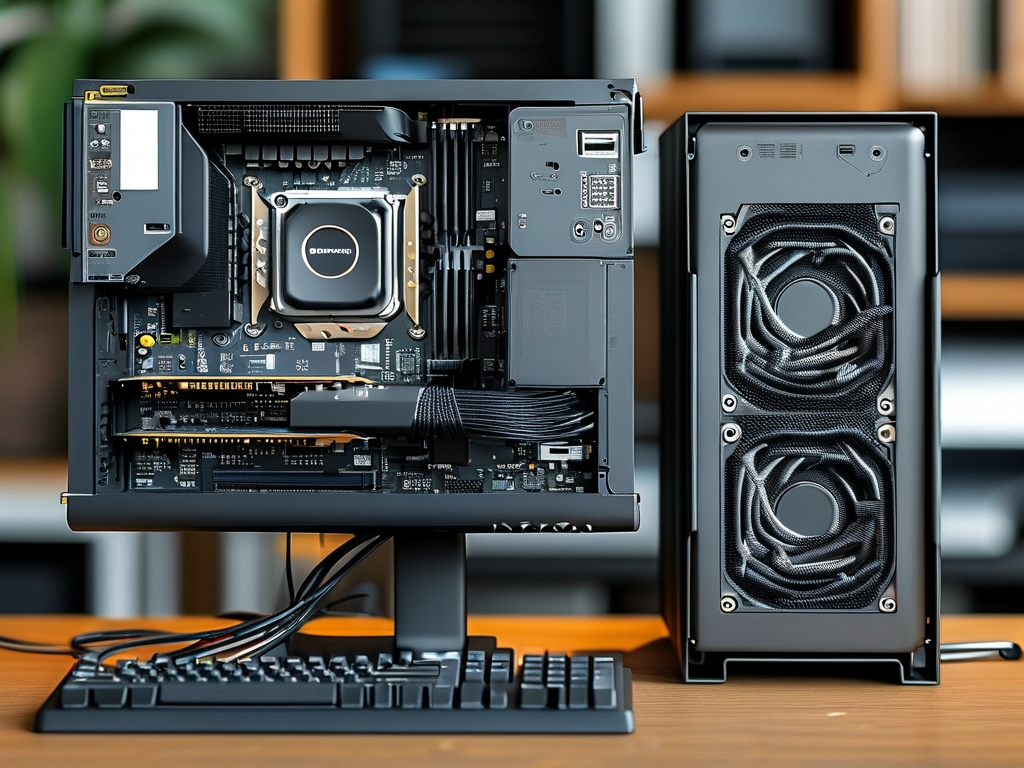The relationship between computer terminals and memory components has long been a subject of technical curiosity. To address whether terminals contain memory, we must first clarify definitions: A computer terminal refers to an input/output interface connecting users to mainframe or server systems. Traditional text-based terminals like DEC VT100 lacked independent processing capabilities, functioning purely as display and input devices.

Historical terminals relied entirely on host systems for computational tasks, making local memory unnecessary. These "dumb terminals" processed zero data independently – keystrokes were transmitted directly to remote systems, with screen outputs generated entirely by host computers. This architecture minimized terminal complexity but created complete dependency on network connectivity.
Modern interpretations of terminals reveal evolutionary changes. Contemporary thin clients and terminal emulators often include temporary memory buffers for basic functions like scrollback history or session caching. For example, terminal software running on PCs reserves RAM to store recent command outputs, enabling users to scroll through previous interactions. This buffer memory isn't used for data processing but improves user experience through temporary storage.
Industrial terminals demonstrate specialized memory integration. Manufacturing line terminals frequently incorporate flash memory to store configuration profiles and diagnostic logs. These non-volatile memory modules enable offline operation preservation and quick recovery from power interruptions. Unlike general-purpose computer RAM, this memory serves specific operational requirements rather than computational needs.
Virtual terminal implementations add complexity to the memory question. Cloud-based terminal services utilize server-side memory allocation for session management. While users interact with browser-based interfaces (apparently "terminal-less"), the actual memory resources exist in remote data centers. This distributed architecture challenges traditional notions of terminal hardware composition.

Technical specifications from terminal manufacturers reveal purposeful memory exclusion in certain designs. Security-focused terminals for banking or government applications often eliminate writable memory to prevent data leakage. These devices physically lack storage components, ensuring no sensitive information persists after session termination.
Emerging edge computing trends are reshaping terminal architectures. Smart terminals in IoT networks now incorporate memory modules for local data preprocessing. A retail POS terminal might include 4GB RAM to handle inventory checks and payment processing before syncing with central servers. This hybrid approach balances responsiveness with centralized control.
The fundamental answer lies in terminal classification:
- Basic terminals (historical/text-based) – No meaningful memory
- Enhanced terminals (modern/thin clients) – Limited buffer memory
- Intelligent terminals (IoT/edge devices) – Functional memory modules
Engineers determine memory inclusion based on use case requirements. Memory adds cost and security considerations but enables advanced functionality. As computing paradigms evolve, the boundary between terminals and independent systems continues to blur, making memory presence increasingly common in modern implementations.
Command-line examples demonstrate memory interactions:
# Linux terminal memory usage inspection free -h | grep Mem
This displays system memory, not terminal-specific allocation, highlighting the host-dependent nature of traditional terminals.
Future terminal designs may integrate neural processing units with dedicated memory for AI tasks, further complicating hardware definitions. Understanding a terminal's memory status ultimately requires analyzing its operational context and technological generation rather than seeking universal answers.

